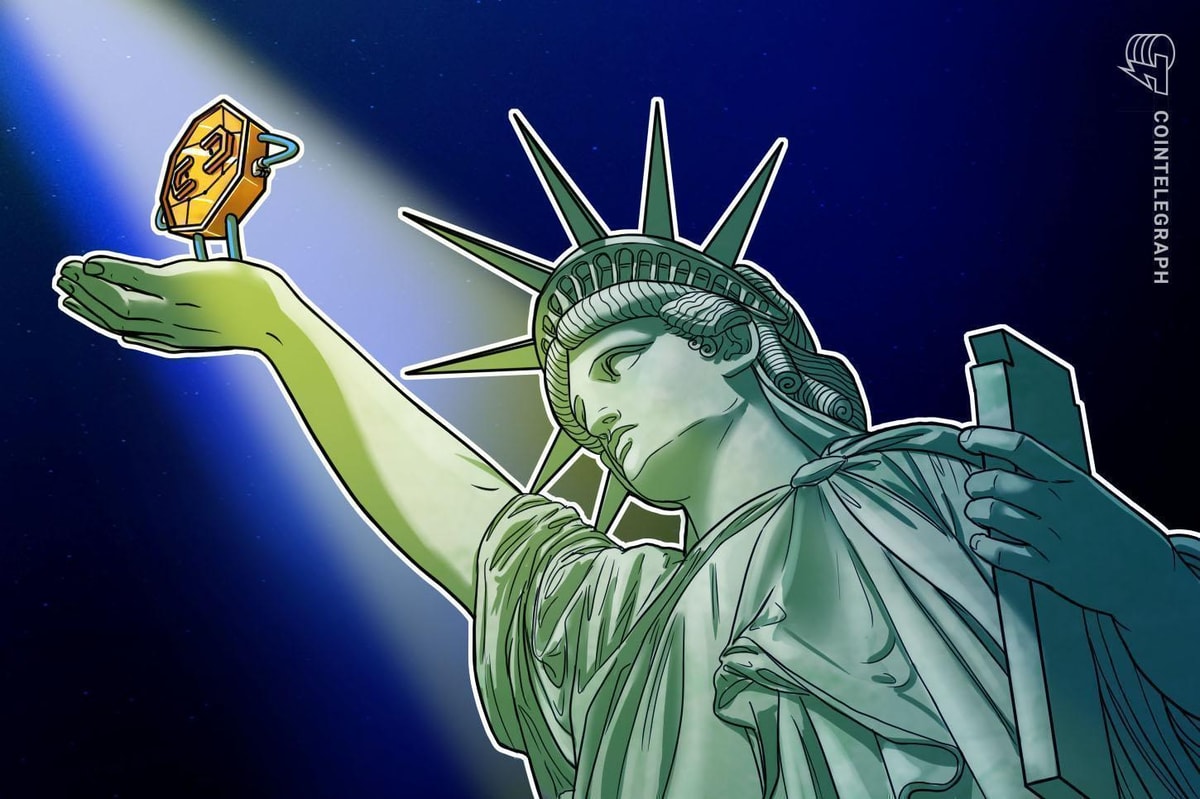The Gnus.AI artificial intelligence network lost approximately $1.27 million through a token-minting exploit on May 5. The team announced plans to release a new version of the Genius (GNUS) token and that users should no longer buy the old version.

Gnus.AI is a blockchain network that allows users to perform AI computations in exchange for tokens.
Related: AI Blockchain platforms attracted $5 billion in funding in Q1 2024
According to a May 6 post from blockchain security firm CertiK, the attacker pulled off the exploit by gaining the private key to the team’s account that begins with 0x18. Once they had control of this account, they copied the token’s “salt” data from Ethereum, allowing them to use the Axelar bridge protocol to create a Fantom network version of the token.
After that, 100 million fake GNUS tokens were minted, bridged to Ethereum and sold into the market. The resulting price crash transferred the wealth of existing tokenholders to the attacker, as the attacker received real assets in exchange for tokens that were created out of thin air.

In a May 5 post on social media platform X, Gnus.AI CEO “SuperGenius” claimed that the 0x18 account was compromised when an attacker gained access to the team’s private Discord communications, stating, “Apparently the hackers can watch private messages on discord.”
SuperGenius stated that as a “quick fix,” the team will deposit $500,000 worth of Ether (ETH) from its own funds into a liquidity pool for the new token once it is launched. In addition, the team will deposit $500,000 worth of fees they are owed but that are currently locked until February 2025. This is a total of $1 million in compensation.
CertiK estimated that $1.25 million was lost in the exploit, which implies that the initial distribution of funds will cover 80% of losses.
Blockchain networks continue to experience exploit risks. However, some evidence indicates that these attacks may be declining as security practices improve. In April, rypto users suffered the fewest amount of losses from exploits since 2021, according to an April 30 report from CertiK.











